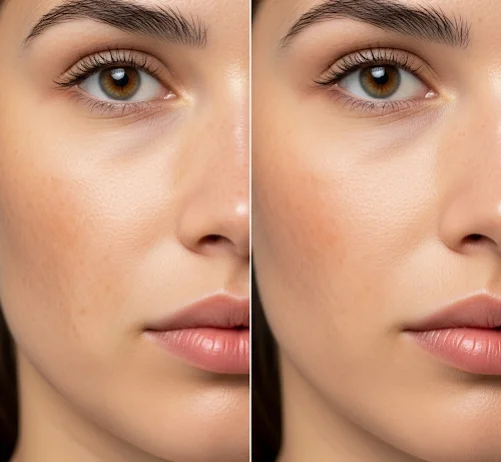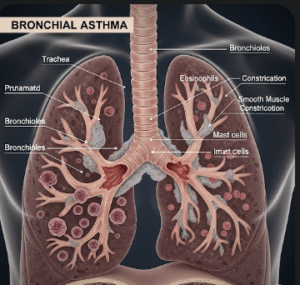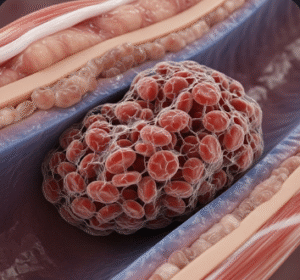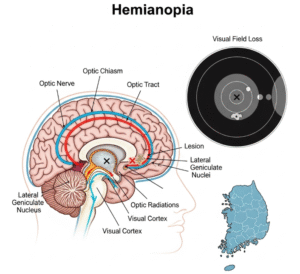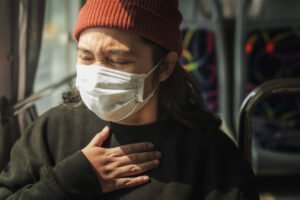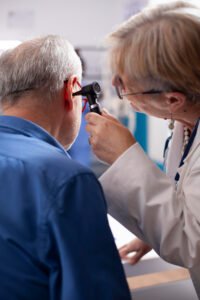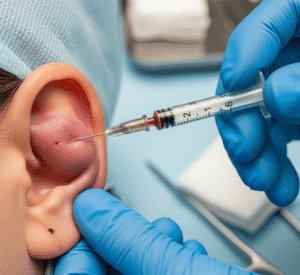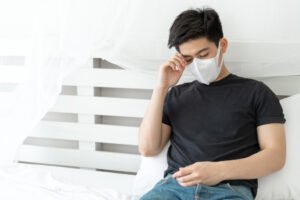Sun Spot Removal in Korea is a highly sought-after treatment for those who want to eliminate the dark, flat patches of pigmentation that appear due to prolonged sun exposure. Sun spots, also called solar lentigines, are common on the face, hands, chest, and shoulders—areas that receive the most ultraviolet (UV) radiation. While harmless, they are often seen as a sign of aging and sun damage.
In Korea, where clear, bright, and even-toned skin is culturally prized, dermatology clinics specialize in advanced and safe methods to remove sun spots. Using lasers, IPL/BBL light therapy, chemical peels, and whitening skincare programs, Korean specialists design customized treatment plans that not only fade existing spots but also prevent future pigmentation.
What It Is
Sun spot removal refers to treatments that target melanin clusters caused by UV damage. Unlike freckles that may fade in winter, sun spots tend to persist and darken over time.
Korean clinics offer a wide range of medical-grade treatments, including:
- Q-switched Nd:YAG laser → Breaks down melanin safely for Asian skin.
- Pico lasers (PicoWay, PicoSure Pro) → Advanced, precise removal of pigmentation.
- Alexandrite laser (755 nm) → Effective for lighter skin types with darker spots.
- IPL or BBL photofacials → Treat widespread pigmentation and redness.
- Chemical peels → Exfoliates surface layers to lighten pigmentation.
- Topical regimens → Whitening serums with Vitamin C, tranexamic acid, and niacinamide.
Why It’s Done
Sun spot removal in Korea is performed for multiple reasons:
- Aesthetic benefits → To restore an even, youthful complexion.
- Anti-aging goals → Sun spots are one of the earliest visible signs of skin aging.
- Confidence boost → Clearer skin improves self-esteem.
- Preventive care → Many Koreans treat sun spots early before they spread or darken further.
Because Korean skincare emphasizes prevention over correction, treating sun spots is often part of a long-term maintenance plan.
Alternatives
Korean dermatologists provide several alternatives to sun spot removal depending on severity and patient preferences:
- Laser toning with Q-switched Nd:YAG → Multi-session, gentle brightening.
- Pico toning → Advanced pigmentation treatment with minimal downtime.
- Spectra or Carbon Laser Peel → For patients with both pigmentation and acne.
- Chemical peels → Mild acids for gradual pigmentation lightening.
- Microneedling with brightening ampoules → For rejuvenation and even skin tone.
- Whitening injections or IV drips → Glutathione and Vitamin C therapies.
- At-home K-beauty skincare → Maintenance with niacinamide, arbutin, and sunscreen.
Preparation
Preparation for sun spot removal in Korea is carefully planned:
- Consultation → Dermatologists use advanced imaging systems to analyze pigmentation depth.
- Pre-care instructions → Avoid tanning, strong exfoliants, and retinoids before treatment.
- Hydration → Using moisturizers and sheet masks strengthens the skin barrier.
- Medical disclosure → Patients should inform doctors about medications or conditions that affect skin healing.
For laser treatments, numbing cream may be applied before the session.
How It’s Done
A typical sun spot removal session lasts 20–40 minutes depending on the method:
- Cleansing – Skin is cleaned of impurities and makeup.
- Numbing cream (if laser used) – Applied for 20–30 minutes.
- Treatment application –
- Laser therapy → Delivers energy to break down melanin clusters.
- IPL/BBL → Broad-spectrum light pulses target pigmentation.
- Chemical peel → Removes superficial pigmented skin cells.
- Post-care – Soothing creams, cooling masks, or LED light therapy are applied.
- Final step – Sunscreen and hydrating moisturizers are used before leaving.
Most patients require 2–5 sessions for optimal fading of sun spots.
Recovery
Recovery is generally mild:
- Immediately after → Mild redness or swelling; treated spots may look darker.
- 2–7 days later → Pigmented spots flake off naturally.
- 1–2 weeks later → Skin appears clearer and brighter.
Korean clinics enhance healing with hydrating facials, calming ampoules, and sheet masks. Daily use of SPF 50+ sunscreen is essential to prevent recurrence.
Complications
Sun spot removal is safe when done in Korea, but possible side effects include:
- Temporary redness or swelling.
- Mild scabbing at treatment sites.
- Rare hyperpigmentation or hypopigmentation if aftercare is neglected.
Korean dermatologists minimize risks by adjusting treatment energy levels to each skin type and providing detailed aftercare protocols.
Treatment Options
Korean clinics offer specialized programs for sun spot removal:
- Laser spot removal packages → Q-switched Nd:YAG, Pico, or Alexandrite lasers.
- IPL/BBL pigmentation programs → For patients with widespread sun damage.
- Brightening programs → Combine sun spot removal with Vitamin C infusion.
- Anti-aging packages → Pair pigmentation removal with collagen-stimulating treatments.
- Combination treatments → Sun spot removal plus Aqua Peel or Hydrafacial.
Clinics in Seoul, especially in Gangnam, often provide multi-session deals that are affordable and attractive for locals and international patients.
Conclusion
Sun Spot Removal in Korea is a highly effective way to restore clear, even, and youthful skin. By combining advanced lasers, light therapies, chemical peels, and holistic aftercare, Korean clinics deliver safe and natural-looking results.
Backed by world-class dermatology expertise and the cultural emphasis on prevention, Korea has become one of the top global destinations for pigmentation treatments. For patients seeking to erase sun damage and maintain radiant, healthy skin, sun spot removal in Korea remains a proven and trusted choice.

